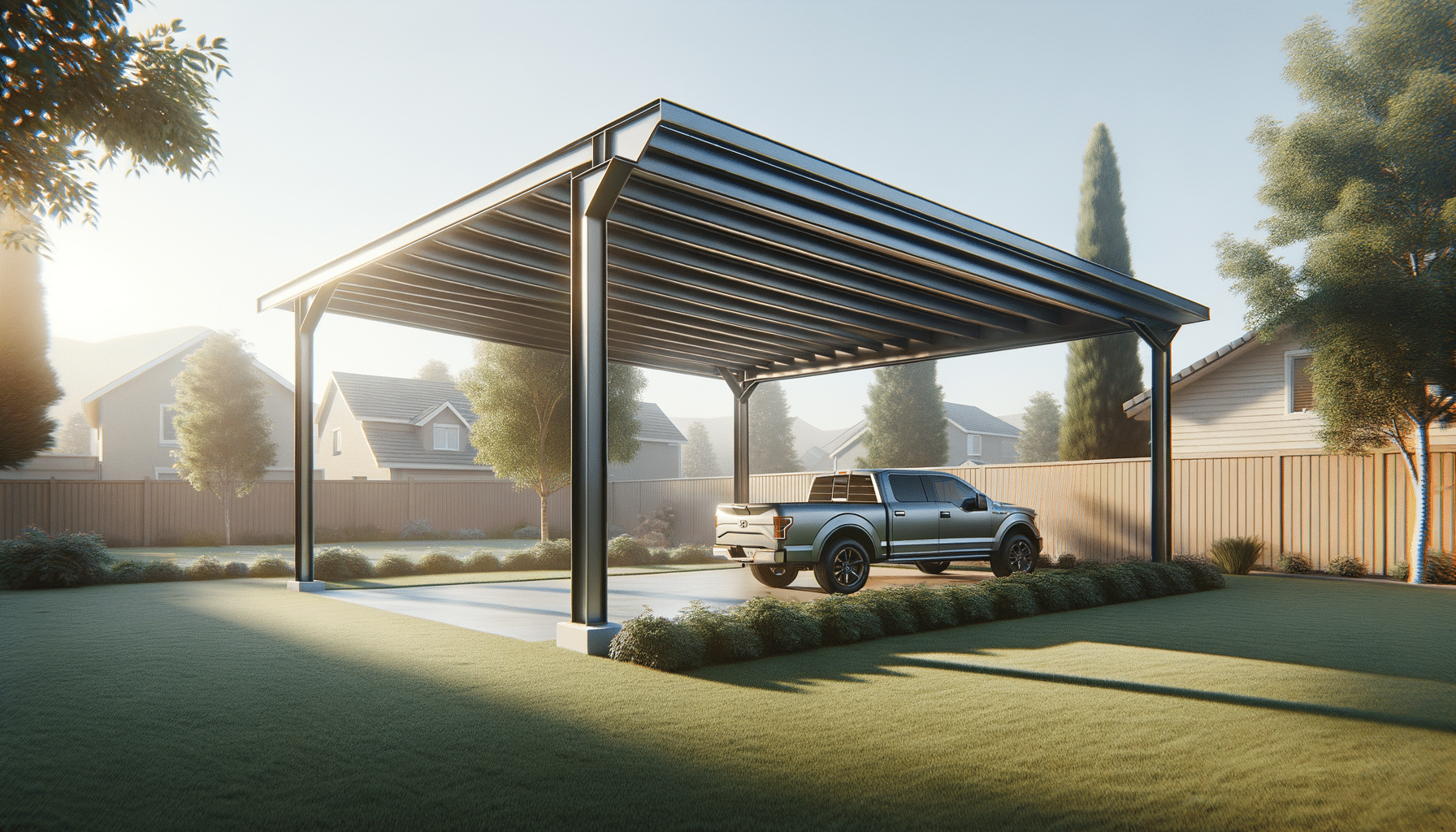
The Complete Guide on Mountain Bikes
Types of Mountain Bikes
Mountain biking is a diverse sport that requires different equipment based on the type of terrain and riding style. Understanding the different types of mountain bikes is crucial for selecting the right one for your adventure. Here are the main categories:
- Cross-Country Bikes: These bikes are designed for speed and efficiency on smooth trails and uphill climbs. They are lightweight and have a more rigid frame to maximize pedaling efficiency.
- Trail Bikes: Known for their versatility, trail bikes are suitable for a variety of terrains. They offer a balance between climbing efficiency and downhill stability, making them a popular choice for many riders.
- Enduro Bikes: Built for rugged terrain and steep descents, enduro bikes are robust and feature advanced suspension systems to handle rough trails. They are heavier than cross-country bikes but offer exceptional control.
- Downhill Bikes: Specifically designed for steep and technical descents, these bikes are equipped with heavy-duty frames and suspension systems. They are not ideal for uphill climbs due to their weight and design.
- Fat Bikes: With oversized tires, fat bikes are perfect for riding on snow, sand, or other soft surfaces. They provide excellent traction and stability in challenging conditions.
Choosing the right type of mountain bike depends on your riding style and the terrain you plan to tackle. Each type offers unique features tailored to specific biking experiences, so it’s important to match your bike choice with your adventure goals.
Essential Gear for Mountain Biking
Mountain biking requires more than just a bike; the right gear can enhance your experience and ensure safety on the trails. Here are some essential items every mountain biker should consider:
- Helmet: Safety is paramount, and a sturdy helmet is a must-have. Look for helmets with adequate ventilation and a secure fit.
- Protective Clothing: Wear durable, moisture-wicking clothing that allows freedom of movement. Consider pads for knees and elbows for extra protection.
- Gloves: Gloves improve grip and protect your hands from blisters and abrasions. Choose gloves with padding for comfort.
- Hydration Pack: Staying hydrated is crucial. A hydration pack allows you to carry water and other essentials like snacks and tools.
- Repair Kit: A basic repair kit with a multi-tool, tire levers, and a pump can be a lifesaver on the trails.
- Lights: If riding in low-light conditions, ensure you have front and rear lights for visibility and safety.
Equipping yourself with the right gear not only enhances your performance but also ensures you’re prepared for any challenges you may encounter on the trails. The investment in quality gear is an investment in a safer, more enjoyable biking experience.
Exploring Mountain Biking Trails
Mountain biking trails offer a thrilling escape into nature, providing both challenge and serenity. Exploring these trails can be as rewarding as it is adventurous. Here’s how to make the most of your trail exploration:
Research Your Trails: Before heading out, research available trails in your area. Consider factors like trail difficulty, length, and terrain to match your skill level. Online platforms and local biking communities can be valuable resources.
Respect the Environment: Mountain biking is about enjoying nature, so it’s essential to respect the environment. Stay on designated trails to minimize your impact and avoid disturbing wildlife.
Trail Etiquette: Follow trail etiquette by yielding to hikers and uphill riders. Announce your presence when overtaking and maintain a safe speed to prevent accidents.
- Beginner Trails: These trails are less technical, perfect for new riders to gain confidence.
- Intermediate Trails: Offering a mix of obstacles and smooth sections, these trails challenge riders to improve their skills.
- Advanced Trails: For seasoned bikers, these trails present technical challenges and require a high skill level.
Exploring mountain biking trails is an exhilarating way to connect with nature while pushing your physical limits. Whether you’re seeking a leisurely ride or a demanding adventure, there’s a trail out there waiting for you.
How to Choose the Right Mountain Bike for You
Choosing the right mountain bike can significantly impact your biking experience. With so many options available, it’s important to consider several factors to make an informed decision:
Assess Your Riding Style: Determine if you prefer cross-country, trail, downhill, or another style of biking. Your preference will guide you in selecting the right type of bike.
Consider the Terrain: Think about the terrain you’ll be riding most often. Different bikes are designed for specific conditions, from smooth trails to rocky paths.
Budget: Mountain bikes come in a wide range of prices. Set a budget that aligns with your needs and explore options within that range. Remember, investing in quality can enhance your biking experience.
- Frame Material: Choose between aluminum, carbon fiber, or steel frames based on your preference for weight, durability, and cost.
- Suspension System: Decide between hardtail (front suspension only) and full suspension (front and rear) based on your comfort and terrain needs.
- Size and Fit: Ensure the bike fits your body size and shape. A proper fit enhances comfort and control.
Taking the time to evaluate these factors will help you find a mountain bike that meets your needs and enhances your enjoyment of the sport. The right bike can make all the difference in your mountain biking adventures.
Maintaining Your Mountain Bike
Regular maintenance is key to ensuring your mountain bike performs well and lasts longer. Here are some essential maintenance tips to keep your bike in top condition:
Regular Cleaning: After each ride, clean your bike to remove dirt and debris. Pay special attention to the drivetrain and suspension components.
Lubricate the Chain: A well-lubricated chain reduces friction and wear. Use a suitable bike lubricant and apply it after cleaning the chain.
Check Tire Pressure: Maintain the recommended tire pressure for optimal performance and to prevent flats. Check your tires before each ride.
- Inspect Brakes: Ensure your brakes are functioning correctly. Check for worn brake pads and replace them as needed.
- Examine the Suspension: Regularly check the suspension for any signs of wear or damage. Adjust the settings based on your weight and riding conditions.
- Professional Tune-Ups: Schedule regular tune-ups with a professional mechanic to address any complex issues and ensure your bike is in peak condition.
By incorporating these maintenance practices into your routine, you can extend the life of your mountain bike and enjoy a smoother, safer ride. Proper maintenance not only enhances performance but also ensures your safety on the trails.


